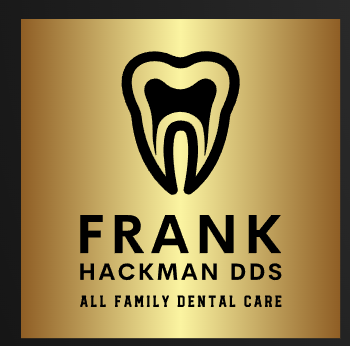When it comes to periodontal gum disease, laser Periodontal gum treatment is a fast and effective way to treat and cure it. It is also a safe and easy procedure to get and requires little or no pain.
Laser Periodontal gum treatment works by using a beam of light to reattach gum tissue to the tooth root. The process of reattachment is facilitated by thermal blood clot that forms around the tooth root, creating a physical barrier against bacteria. This reduces the risk of recurrent infection. LANAP treatment may also be used in combination with other standard treatments.
In addition to eliminating the possibility of recurrent infections, laser Periodontal gum treatment is also less invasive than gum flap surgery. Patients are able to return to their normal daily activities sooner after LANAP than they can after traditional gum surgery. Generally, laser therapy requires two two-hour visits to the periodontist.
Lasers can be used for a variety of dental procedures, including teeth cleaning. For example, a dentist can use the Erbium laser to save a failing dental implant. Alternatively, a dentist can perform an erbium laser treatment to remove calculus, microbial biofilms, and plaque from the root surface of a tooth.
Lasers also remove tartar deposits in the gumline. Using a laser to treat gum disease can help you avoid more invasive dental treatments, like scaling and root planing.
In fact, a dental laser can be used to treat gum disease as a stand-alone procedure. Typically, the procedure involves a local anesthetic, which will provide some level of pain relief. After the procedure, patients should follow some instructions to ensure the healing process goes as smoothly as possible. Some people may take a day or two to feel completely recovered, while others might need a few days or weeks to recover.
Another benefit of laser Periodontal gum treatment is its ability to reduce the swelling and bleeding of the gums. Inflammation is a common cause of post-surgical discomfort. By using a laser to eliminate the inflammation, your recovery time will be shorter.
There are some risks associated with laser Periodontal gum treatment. You may be required to wear a protective eye mask or glasses during the procedure. However, the side effects of the laser are typically minor and should be easily managed.
After the procedure, you will need to adjust your diet to soft, nutritious foods. If you smoke, you should refrain from doing so for at least a few days. Taking non-steroidal anti-inflammatory drugs (NSAIDs) can help ease your pain. Warm salt water rinses can also be used to relieve minor irritation. During the recovery phase, it is important to drink plenty of fluids and limit your intake of hot and spicy foods.
If you are considering laser therapy for gum disease, you should talk to your dentist about the possible side effects. These include swelling, discomfort, and an unpleasant taste from mouth rinse. Additionally, you may need to take antibiotics. All these side effects are minimal, though, and can be managed with over-the-counter medications.





5 thoughts on “Laser Therapy for Periodontal Gum Disease”